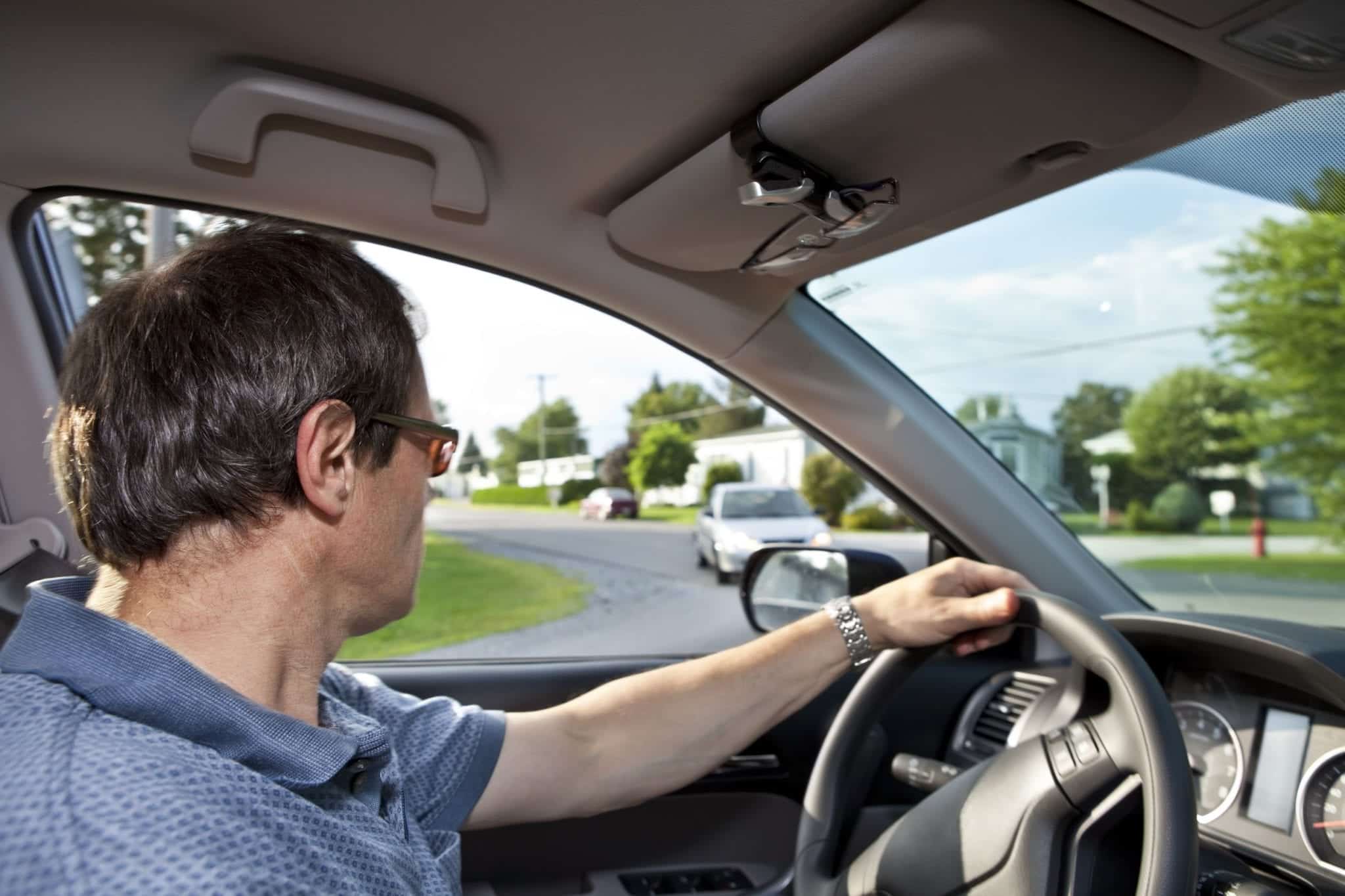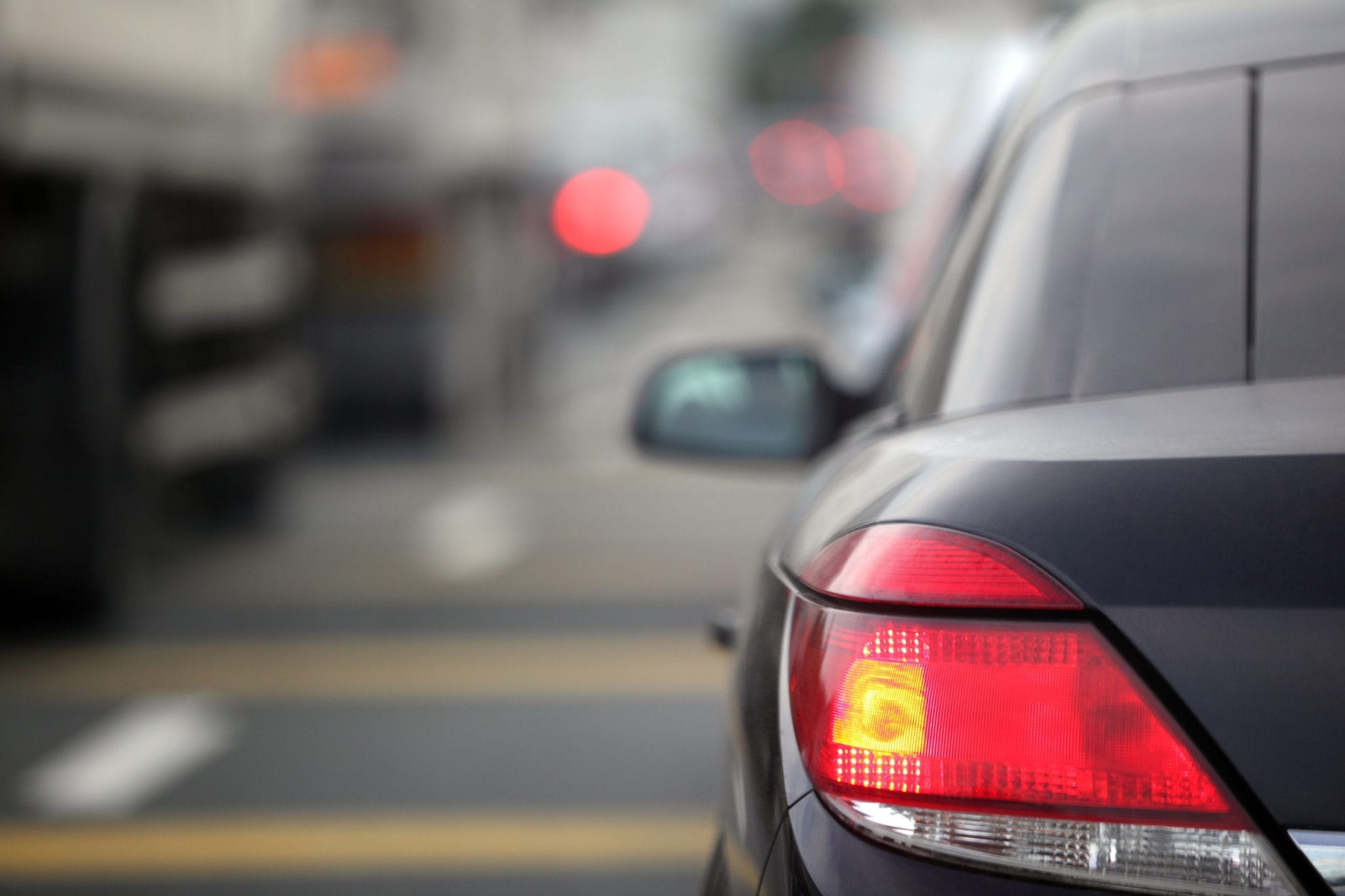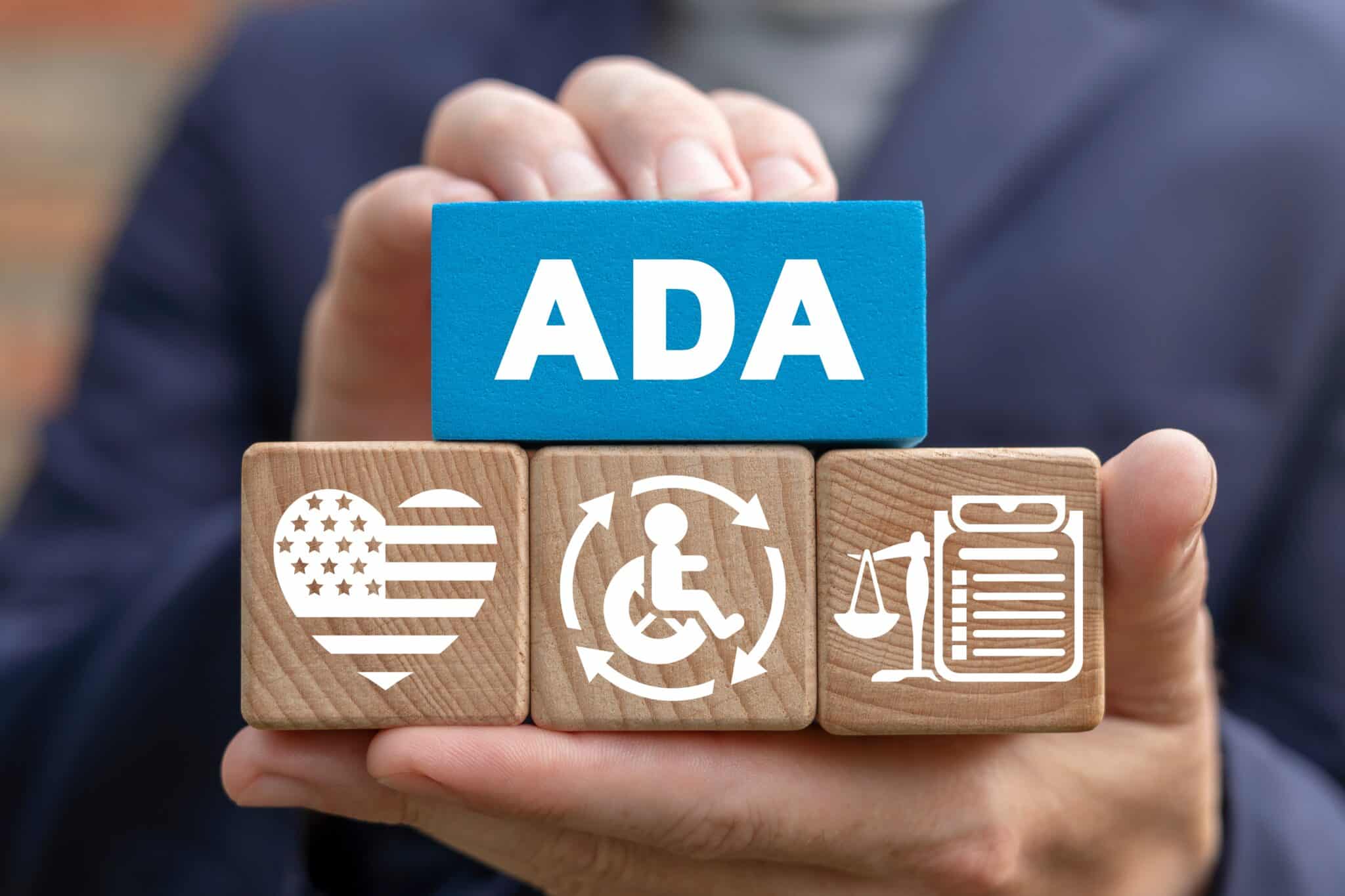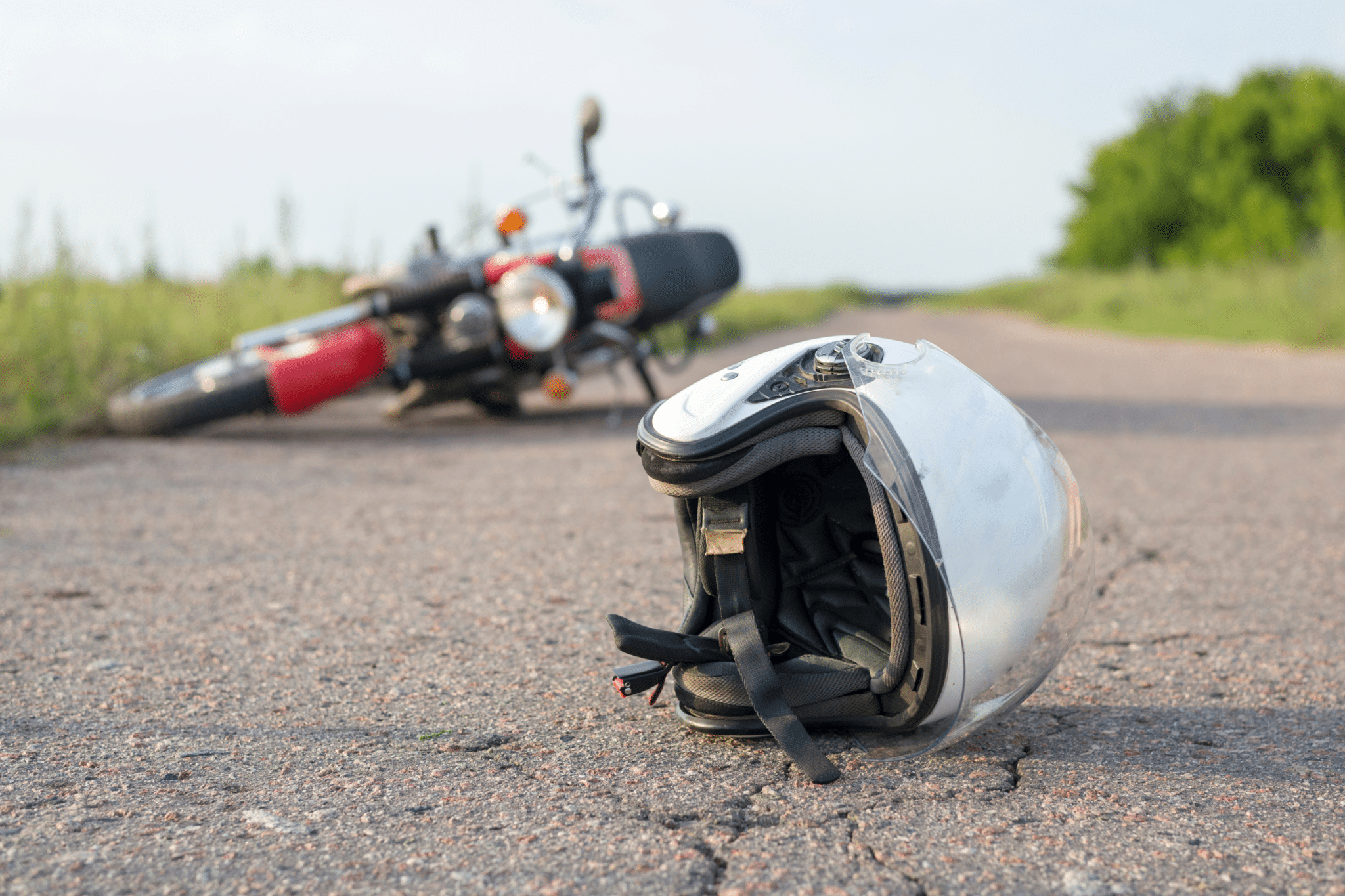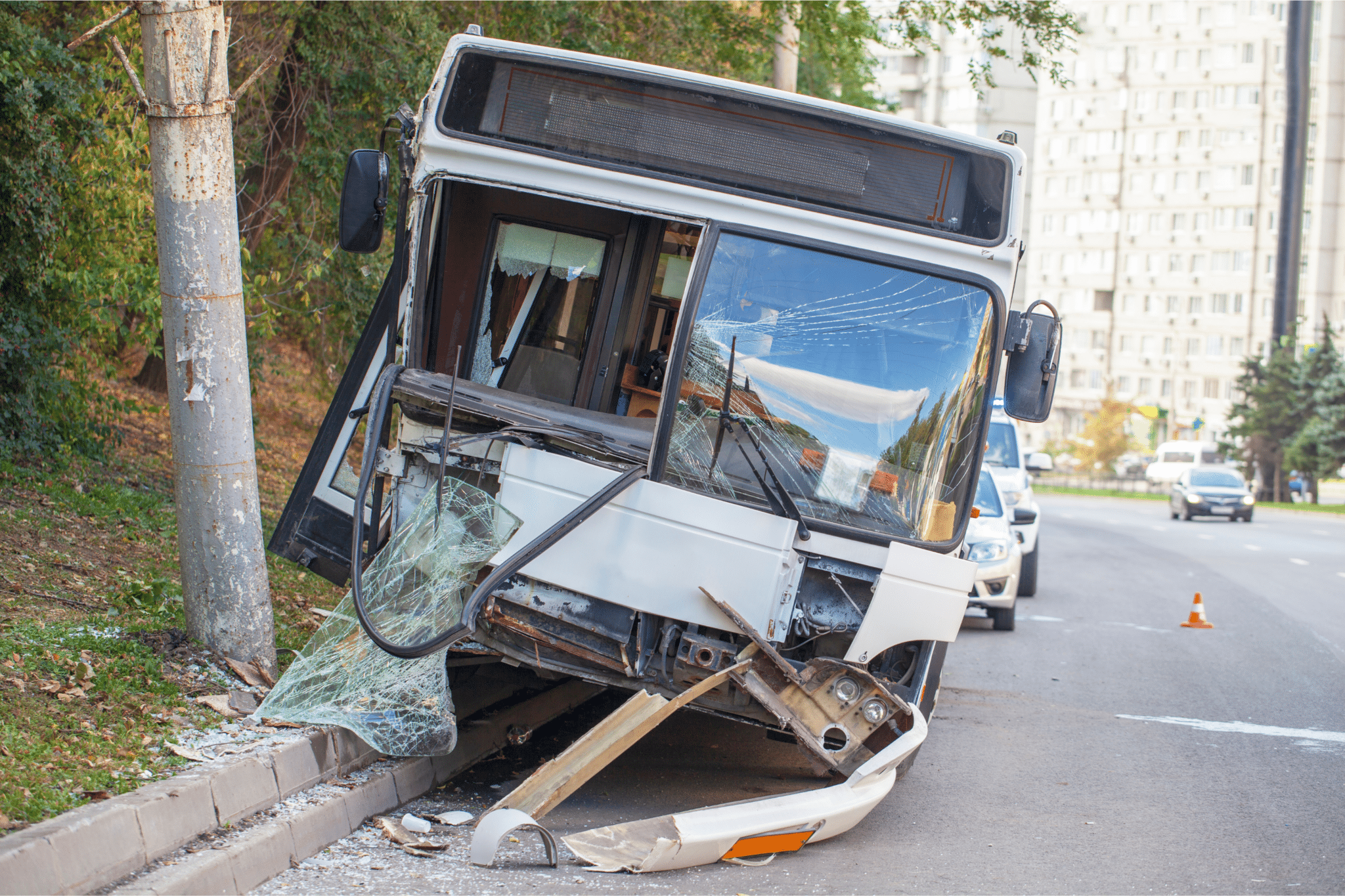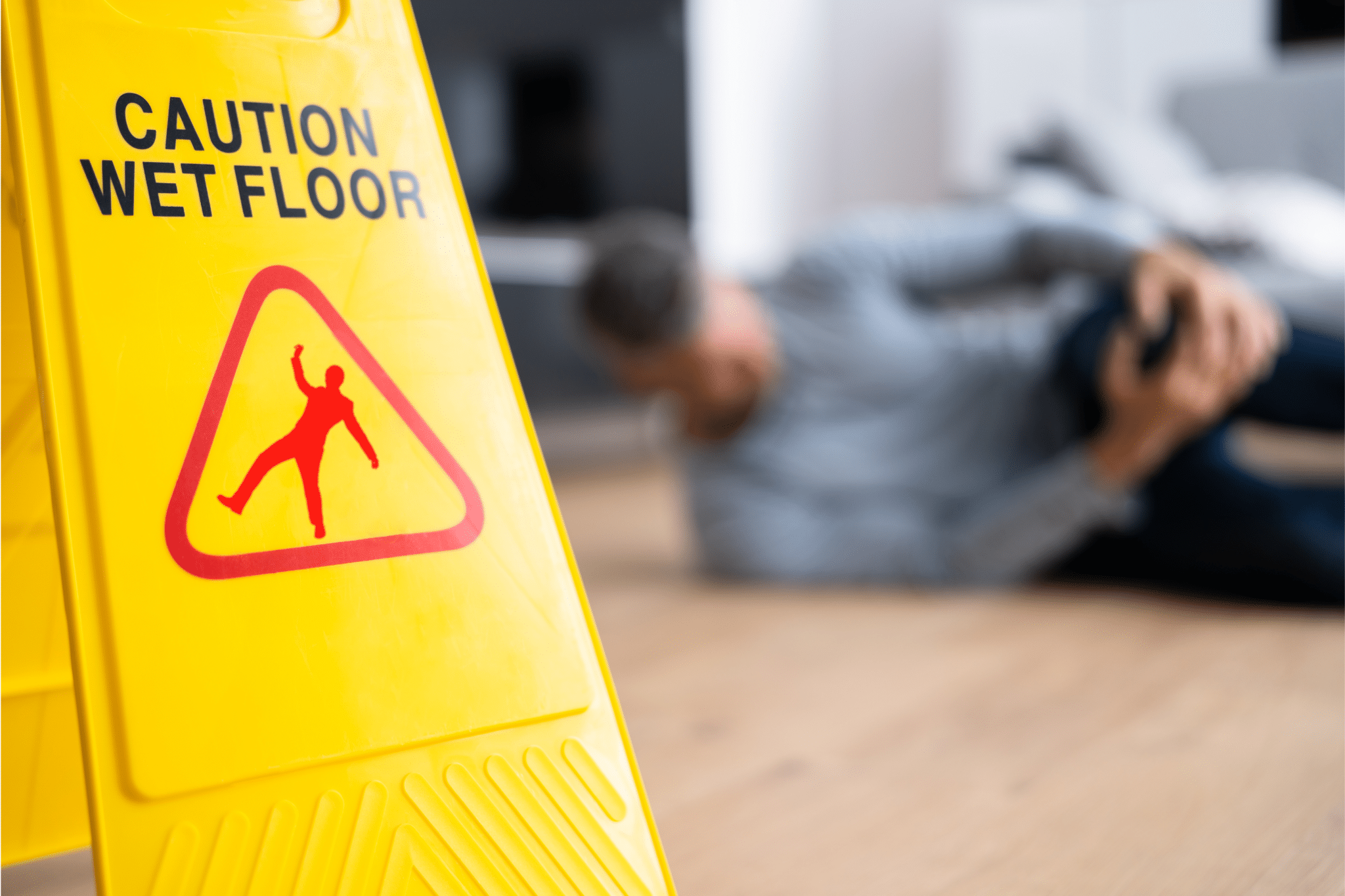Cars That “Talk” to Each Other Could Save Thousands of Lives
Imagine that you’ve hit gridlock traffic on the highway and have slowed to a crawl, but the driver behind you is distracted and doesn’t notice your brake lights. It’s a recipe for a serious accident—unless the distracted driver’s car is somehow able to communicate with your own car and notify its driver in time to avoid a rear-end collision.
This may seem like an out-there notion, but the idea of vehicles directly communicating with one another is no longer the stuff of science fiction. The National Highway Traffic Safety Administration recently announced that new technology allowing vehicles to “talk” to other vehicles within a 300-foot range could save thousands of lives and prevent half a million intersection and left-turn accidents every year. The NHTSA also announced that they were working on rules that would eventually make the installation of this technology (referred to as vehicle-to-vehicle communication) mandatory in all new vehicles.
How Does Car Talk Tech Work?
Vehicle-to-vehicle communication (V2V) involves a computer built into a vehicle exchanging wireless data with the vehicles around it to determine position, speed, and location. This will allow the driver to better recognize what is going on around them in all directions – 360 degrees around their car. The V2V system will be able to use the data it gathers to calculate risk and issue warnings accordingly.
It’s important to note that the car talk technology currently being developed does not actually control the vehicle—for example, a car about to enter an intersection would not actually put on its brakes to ensure that the driver avoids a collision with a car that is about to run a red light at that intersection. Rather, the system would warn the driver to wait a second or two after the light turns green to avoid being hit from the side by the red light runner. Because of this, it is still the driver’s responsibility to notice and react to the warning, but at least the driver should be better equipped to identify and avoid potentially dangerous situations.
This new technology could be particularly useful in preventing major highway pile-ups because it could alert nearby drivers as soon as a collision occurs, giving those drivers more time to steer clear of the accident and possibly even exit the highway before reaching the accident site. It should also be useful to drivers making an unprotected left turn because it could alert them when there is a large enough break in traffic to proceed or when an oncoming car is going too fast to allow for a safe left turn. At the same time, the system could let drivers who are going straight know when a car is starting to make a left turn, giving them more time to slow down if necessary.
How New Technology Will Affect Car Accident Liability
The new car communication system raises some interesting questions about liability in car accident cases. Let’s return to the example of a driver who is about to proceed on a fresh green light while, unbeknownst to them, another driver is about to barrel through the intersection on a light that has just turned red. With the V2V system in place, the driver at the fresh green light would receive a warning that they should wait a few seconds to let the red light runner go through the intersection—but what if the driver at the green light ignored that warning and got into an accident as a result?
The driver who ran the red light was clearly negligent because they violated a basic traffic law, but the other driver might also be negligent for ignoring their V2V system’s warning. And then, of course, there’s also the potential issue of the technology malfunctioning. What if the driver with the green light didn’t respond to the warning because they couldn’t hear it, or because they never actually received it? In that situation, the manufacturer might be liable for releasing a defective product.
Any technology that helps protect drivers from accidents and saves lives is clearly a good thing, but we can also expect V2V to influence the way liability and compensation is determined in car accident cases. If you’re ever injured in any type of car accident—whether new vehicle communication technology is in use or not—talk to an experienced car accident lawyer. As car safety features continue to evolve, you need to work with someone who is well-versed in the latest developments and their implications.
About the Author:
Andrew Winston is a partner at the personal injury law firm of The Law Office of Andrew Winston. He has been recognized for excellence in the representation of injured clients by admission to the Million Dollar Advocates Forum, is AV Rated by the Martindale-Hubbell Law Directory, and was recently voted by his peers as a Florida “SuperLawyer”-an honor reserved for the top 5% of lawyers in the state-and to Florida Trend’s “Legal Elite.”
 Accident Risks Increase When Casinos Over-serve
Accident Risks Increase When Casinos Over-serve 